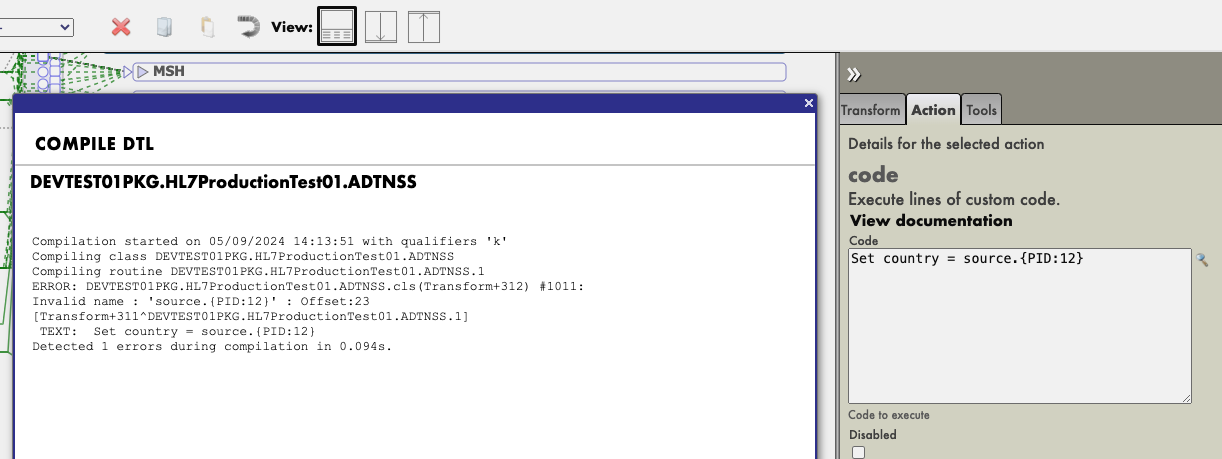Hello everybody,
we would like to be able to analyze a rather complex software application, which has been programmed in “M” for a number of years by different developers, by means of a tool.
Our goal is to find a starting point for a code refactoring process. In the long run we would like to gradually eliminate the code growth points.
Does anyone know of a tool that can help us to do this?
So far, we have only found "RE / m" etc. by George James Software, but we do not yet know if these tools will help.


.png)